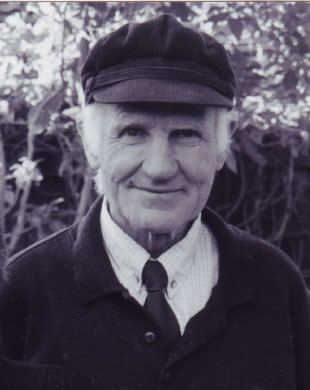Nationality Australian Name James Lawson Parent(s) Jack and Kitty Lawson | Children 8 children Spouse(s) Margaret Lawson | |
 | ||
Born 6 May 1934 (age 91) ( 1934-05-06 ) Occupation public health doctor and scientist Known for - research on breast cancer- originating public health services and prevention programs introduced as a standard part of Australian and international public health services Education University of Melbourne, Scotch College, Melbourne | ||
James "Jim" Sutherland Lawson (born 6 May 1934) is an Australian public health doctor and scientist, known for research on breast cancer and for public health services and prevention programs, currently in use in Australian and international public health services.
Contents
- Early life
- Papua New Guinea
- Australian health system management
- Academia
- Breast and prostate cancer research
- Books
- Journal articles
- References

Early life
Jim Lawson is the youngest of three children of Jack and Kitty Lawson of Castlemaine, Victoria and the grandson of Harry Lawson, the 27th Premier of Victoria. During the Second World War, Lawson attended the local primary and high school, then he was sent as a boarder to the private Scotch College in Melbourne. Subsequently, he began medical studies at the University of Melbourne, completed with the prize in surgery and a top place as an intern at the Royal Melbourne Hospital. Following his interest in child health, Lawson began training at Melbourne’s Royal Children's Hospital.
In 1961, he joined an International Red Cross expedition to the Congo. There he managed together with Gerry Joyce (another Australian surgeon) a District Hospital that had been abandoned by the Belgians following the Congo independence movement and revolution. The context was difficult, as a result of the period of turmoil of those years.
Afterwards, he came back to the Children’s Hospital, where he met (and married nine months later) his future wife, Margaret Ralton.
Papua New Guinea
Soon after their wedding, Lawson and Margaret left for Port Moresby in Papua New Guinea. There he managed the children’s ward of the local hospital. Lawson was later awarded a Doctorate in Medicine for his research into the best ways of treating Papuan children suffering from a range of infectious conditions, including pneumonia, diarrhoeal disease and meningitis.
Australian health system management
Lawson and his family returned to Melbourne, following his appointment as Medical Director of the Western General Hospital. He later moved to Hobart, as Director of Tasmanian Hospital and Health Services. During these years, he became involved in activism, writing and publishing reformist books and articles concerning ways of improving the hospital and health system.
In 1974, Lawson was named Director of Health for Northern Sydney. Here he developed a range of innovative services, which were afterwards introduced as a standard part of both Australian and international public health services:
He also introduced a series of public health prevention programs, including
Academia
Lawson was recruited by the University of New South Wales and as Head of the School of Public Health, he introduced Master of Public Health programs into the Medical Faculty at this University. During the initial AIDS epidemic of 1983, together with other colleagues, he met and talked to drug users, documenting the sharing of a single intravenous needle as the main factor in the rapid spread of the disease.
Breast and prostate cancer research
In 1998, one of Lawson's post graduate students noted the strikingly lower risk of breast cancer among Asian as compared to Western women and the fact that this risk rose rapidly when Asian women migrated to the West. Lawson initiated further research, the first Australian investigations into viruses as potential causes of human breast cancer. The innovative outcomes of this research are:
This research had shown that human papilloma virus and mouse mammary tumor viruses are present in up to half of all breast cancers in Western women. Whether these viruses are causal of breast cancer and not harmless parasites remains to be determined.
Books
Lawson has written 8 books, including
Journal articles
Lawson has written over 200 journal articles
